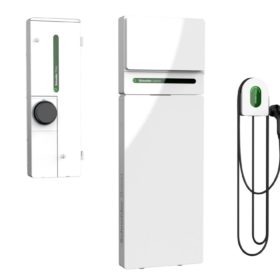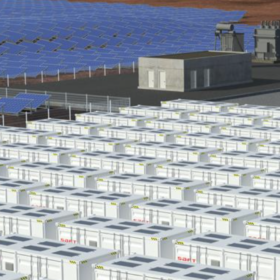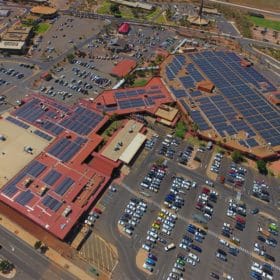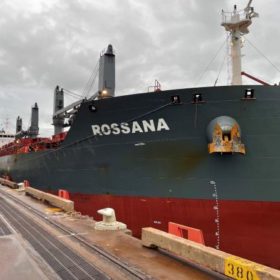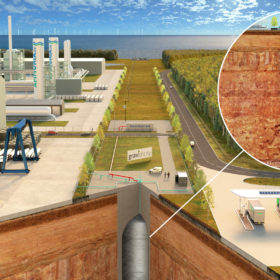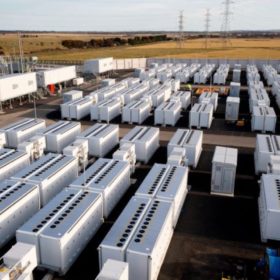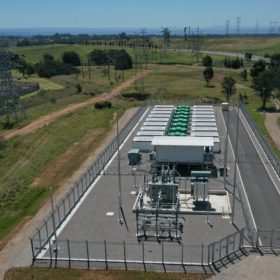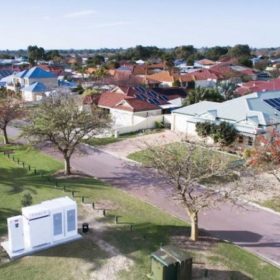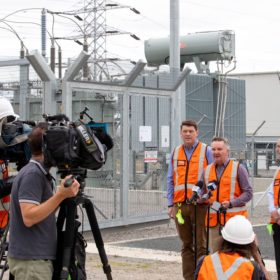Schneider Electric releases residential solution with battery, inverter, EV charger
Schneider Electric’s new Schneider Home platform includes a smartphone app to monitor and allocate energy resources.
Contract awarded for New Zealand’s first big battery
New Zealand is set to have its first big battery by 2024, after Meridian Energy awarded a contract to build the 100 MW / 200 MWh Ruakākā Battery Energy Storage System to Saft, a subsidiary of TotalEnergies.
Commercial landlord begins battery foray following major solar rollout
Major shopping centre landlord, Vicinity Centres, has teamed up with Enel X to potentially deploy up to 50 MWh of cumulative energy storage capacity. The partnership kicks off with two battery fit outs in Victoria and New South Wales, and follows a $73.2 million (USD 50 million) solar rollout across Vicinity’s shopping centres.
First ore shipment sails from NT lithium mine to China
Australian miner Core Lithium has made the transition to lithium producer with 15,000 tonnes of unprocessed ore from its Finniss mine in the Northern Territory now heading to China where it will be converted into materials for the global renewable energy storage and electric vehicle markets.
Gravitricity to deploy prototype underground hydrogen storage system
Gravitricity, an Edinburgh-based storage specialist, aims to develop the first full-scale demonstration of its underground hydrogen storage solution by working with structural engineering contractor VSL Systems UK.
Neoen press ‘go’ on 400 MWh Western Downs big battery construction
French renewable energy giant Neoen has begun construction on its 200 MW/400 MWh Western Downs Battery in Queensland, next to the developer’s 460 MWp Western Downs solar farm. The Western Downs Battery is Neoen’s fourth big battery in Australia and brings its storage portfolio to 776 MW/1,279 MWh in operation or under construction.
Danish renewables giant buys Queensland clean energy hub
Danish investment firm Copenhagen Infrastructure Partners has sharpened its focus on long-duration storage in Australia, announcing it has acquired the proposed Bowen Renewable Energy Hub project that is expected to combine 1.4 GW of pumped hydro storage with huge solar and wind generation.
Synthetic inertia on show as Wallgrove big battery reaches full capacity
The first large-scale battery to be connected to the grid in New South Wales has officially reached full production, providing fast frequency response and synthetic inertia services to the transmission network as the state looks to fill the soon-to-be-revealed gap created by retiring coal-fired generators.
Grant guidelines published for $200 million community battery scheme
The Australian government is taking the next steps to roll out 400 batteries in neighbourhoods across the country as part of the $200 million (USD 134 million) Community Batteries for Household Solar program.
ARENA big battery deal to deliver 4.2 GWh of energy storage
The Australian government has announced a $176 million (USD 117.5 million) funding injection which it expects will unleash almost $3 billion of investment in advanced battery technology, delivering a step change in grid-forming capability across the National Electricity Market.
